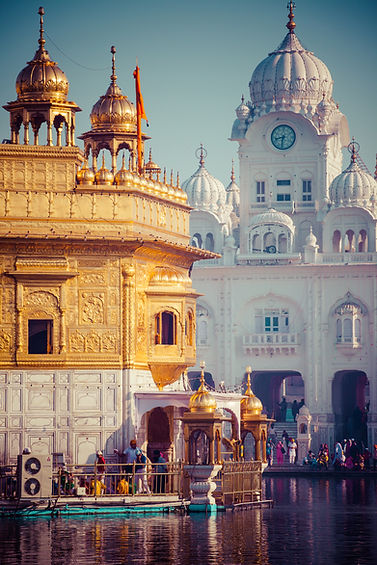ELECTRICITY MARKETS IN INDIA
INDIA'S CURRENT ELECTRICITY INFRASTRUCTURE
Problems of inadequate electricity are sprawled across India
While India has recently seen great gains in generation capacity and rural electrification, many utilities are still trapped in a vicious cycle of underpayment, underinvestment, and dismal performance.
Rural electrification became a cornerstone of the prime minister’s plan, which included $2.5 billion program to provide power connections to nearly every household by the end of March 2019, connecting more than 18,000 villages
95% of India has electricity now
5% of a densely populated India still accounts for 67.7 million people at moderate estimates

ISSUES WITH THE ELECTRICITY SECTOR
There are multiple problems with India’s power sector that could use some reform:
Government giveaways (ex: free electricity for farmers) has depleted cash reserves of state-run electricity-distribution systems
Coal shortages. India is not producing enough coal to meet its demand; power plants do not have strong reserve coal supplies.
Monopoly coal producer Coal India is restricted by primitive mining techniques and contains large amounts of theft and corruption. They must start mining new deposits to catch up, but many deposits lay under protected lands.
There is poor pipeline connectivity and infrastructure to harness coal bed methane and shale gas potential. Offshore natural gas fields did not produce as much as projected and India faces a natural gas shortage.
Hydroelectric power plant projects in the north and north east regions has been slowed by environmental and social controversy.
There are over 300 million people that do not have access to electricity. People that have access face unreliability with their electricity.
Lack of clean and reliable energy sources directly impacts public health, causing over 300,000 deaths annually with other chronic health issues.
Coal, oil, and natural gas fired plants face large inefficiencies in production compared to European countries.
ENERGY CRISIS & ELECTRICITY THEFT
In India thickets of electricity wires hang precariously over congested roads as residents endure up to 16 hours of power cuts a day
ELECTRICITY THEFT occurs when a person taps electricity lines, tampers with electricity meters or transformers or uses a device that interferes with reading or damages equipment such as electric meters or uses electricity for purposes other than authorized
One of the problems that helped cause the blackout in India is relatively unknown: About a third of the people there get their electricity for free and many by stealing it
A study found that power thefts in the state typically rise before local elections, suggesting that it is linked to large-scale theft by people who are likely to vote a politician who turns a blind eye to the problem
In India, electricity utilities lose billions of dollars each year through theft of electricity, making it an economic problem. As a result, it is necessary for the government to give widespread publicity and awareness to citizens on power theft. Further, citizens must be sensitised on aspects related to how power theft occurs and its economic impact on the utilities

Powerless
Powerless is a riveting documentary on power theft in India that Illuminates the energy crisis. A cat-and-mouse game of electricity theft unfolds in Kanpur, India, a city that once prided itself as “the Manchester of the East” for its many factories, but now many of its three million people cannot afford their power bills.
The documentary follows Loha Singh (pictured left) who purloins electricity and provides illegal connections for a living in Katiyabaaz.
He snaps off and mangles wires to the main public supply cables for a pittance to provide electricity to scores of homes in a decaying city. His grateful customers regard free electricity as a right or buy stolen power because they cannot afford to buy it.
In Katiyabaaz, however, both the power thief and his consumers appear to be struggling to live with dignity - and power.